How Does Tattoo Work
How Does Tattoo Work - Web most tattoo studios use a machine called a thermal imager to make their stencils. Modern tattooing almost always requires the use of a tattoo machine and often procedures and accessories to reduce the risk to human health. However, before we can get into these juicy details, let's first look at the process before the tattoo. Tattoos are often viewed as an act of modern day rebellion, but the practice is actually as old as civilization itself, as a fascinating ted video explains. Web the process of tattooing essentially creates an open wound, and your body responds as such. This can be between fifty and three thousand times per minute. A tattoo is forever (ish). Tattoo healing stages length of healing process tattoo healing and aftercare. Your artist will outline the design on the skin. 414k views 3 years ago ink science and regulation. Web usually, a tattoo artist uses a handheld machine that acts much like a sewing machine. They add color to your tattoo, if applicable. Web tattoos may not be forever, but they’re pretty close. The artist shades the tattoo. They'll simply insert your tattoo design into the machine and it'll transfer onto a special thermal paper in seconds. The needle moves up and down up to 3000 times per minute. Web the process or technique of tattooing, creating a tattoo, involves the insertion of pigment (via tattoo ink) into the skin's dermis. They add color to your tattoo, if applicable. Dec 17, 2023 1:29 pm est. Get detailed information through pictures and explanation on how it all works. What to expect from the tattoo healing process: Tama tonga’s tattoo seems to be comprised of a combination of techniques used in polynesian tattoo making. Get detailed information through pictures and explanation on how it all works. Web the skin is divided into three layers: Web the process of tattooing essentially creates an open wound, and your body responds as. According to the american chemical society, modern tattoo needles puncture the skin at 50 to 3000 times per minute, going through the epidermis, the outer. The needle moves up and down up to 3000 times per minute. Get detailed information through pictures and explanation on how it all works. To do this, they use an electrically powered tattoo machine that. Although many people can and do get tattoos successfully removed, there’s no guarantee that these methods will always work. To do this, they use an electrically powered tattoo machine that resembles (and sounds like) a dental drill. Web most tattoo studios use a machine called a thermal imager to make their stencils. Understanding the tattoo process is essential, as it. Over time, the cells that absorbed the ink will die off and be replaced naturally. 414k views 3 years ago ink science and regulation. They add color to your tattoo, if applicable. That's creating trauma as well as injecting a foreign substance into the. Understanding the tattoo process is essential, as it helps you become more comfortable and calm while. The machine moves a solid needle up and down to puncture the skin between 50 and 3,000 times per minute. Engelman notes that any areas that experience high levels of friction—namely your hands and feet—tend to regenerate more. These cells eat up the ink and actually keep it within their cellular membranes which results in the pigment staying put. The. This can be between fifty and three thousand times per minute. The tattoo machine has an electric motor, and some people have said it sounds to them like a dental drill. According to the american chemical society, modern tattoo needles puncture the skin at 50 to 3000 times per minute, going through the epidermis, the outer. The machine works by. When the lifespan of the macrophage is complete, it dies and releases the ink back into the skin, only to have it picked up again by another macrophage. Web tattoos / tattoo designs / tattoo process explained: Traditionally, tattooing often involved rubbing pigment into cuts. New research suggests that our bodies might have an intriguing way of handling tattoos —and. Web usually, a tattoo artist uses a handheld machine that acts much like a sewing machine. What to expect from the tattoo healing process: A tattoo is forever (ish). Tattooing causes a small amount of bleeding and some pain. Web the process of tattooing essentially creates an open wound, and your body responds as such. Tattoos are permanent images that pigments create on our skin. When the lifespan of the macrophage is complete, it dies and releases the ink back into the skin, only to have it picked up again by another macrophage. Tattoo healing stages length of healing process tattoo healing and aftercare. Web the art of creating the tattoo. With every puncture, the needles insert tiny drops of ink into the top layer of the skin. They add color to your tattoo, if applicable. The machine works by pricking your skin. That tattoo is there, and it’s there to stay. Although many people can and do get tattoos successfully removed, there’s no guarantee that these methods will always work. Over time, the cells that absorbed the ink will die off and be replaced naturally. In fact, the oldest decorative skin markings found in human remains date back to 6000 b.c. Web usually, a tattoo artist uses a handheld machine that acts much like a sewing machine. This can be between fifty and three thousand times per minute. 6.4m views 9 years ago. Tattooing is the process of injecting ink into the skin to make permanent images. Web tattoos may not be forever, but they’re pretty close.
How Do Tattoos Work? — Certified Tattoo Studios
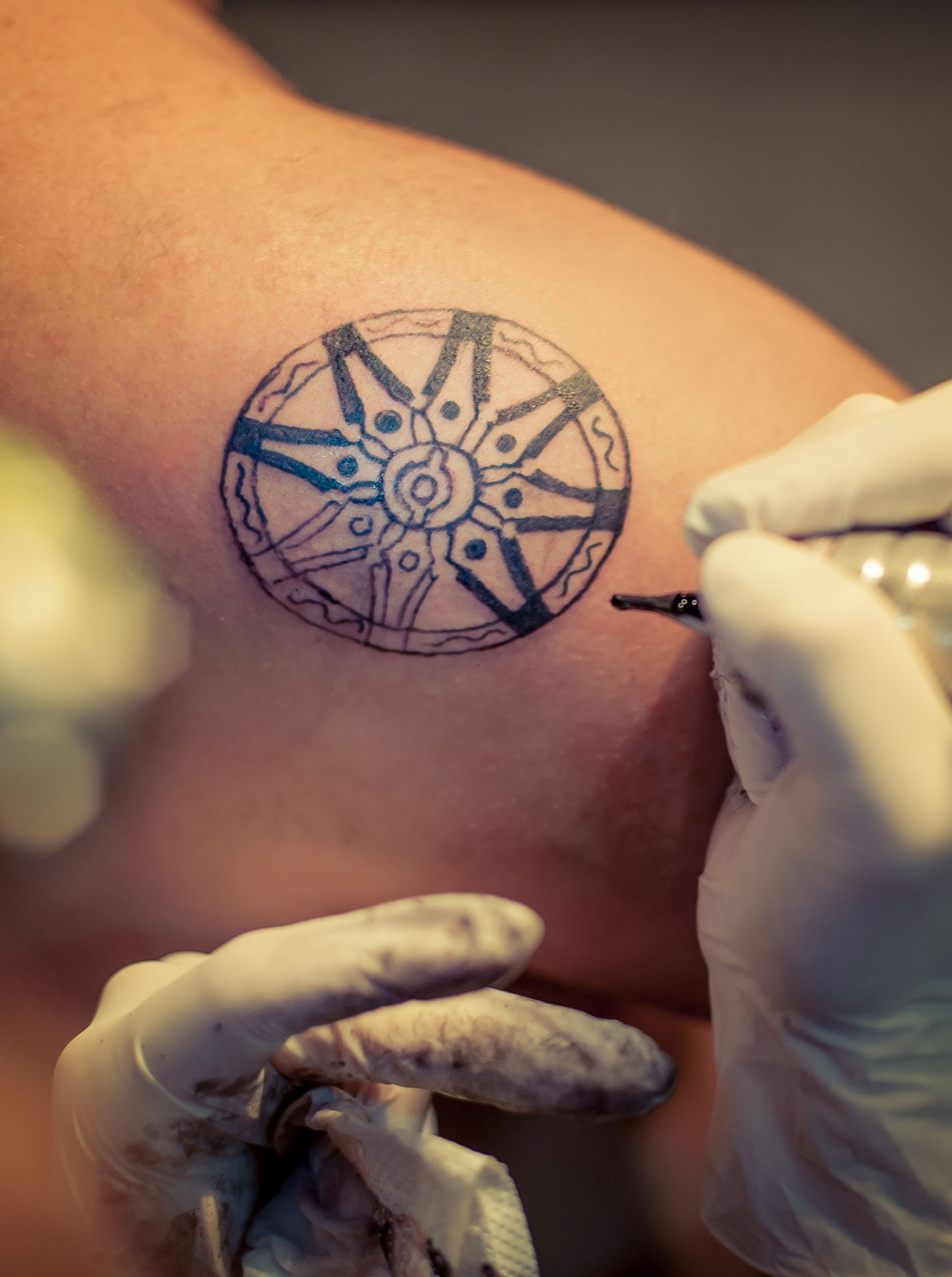
Tattoo Process Explained Step By Step Thoughtful Tattoos
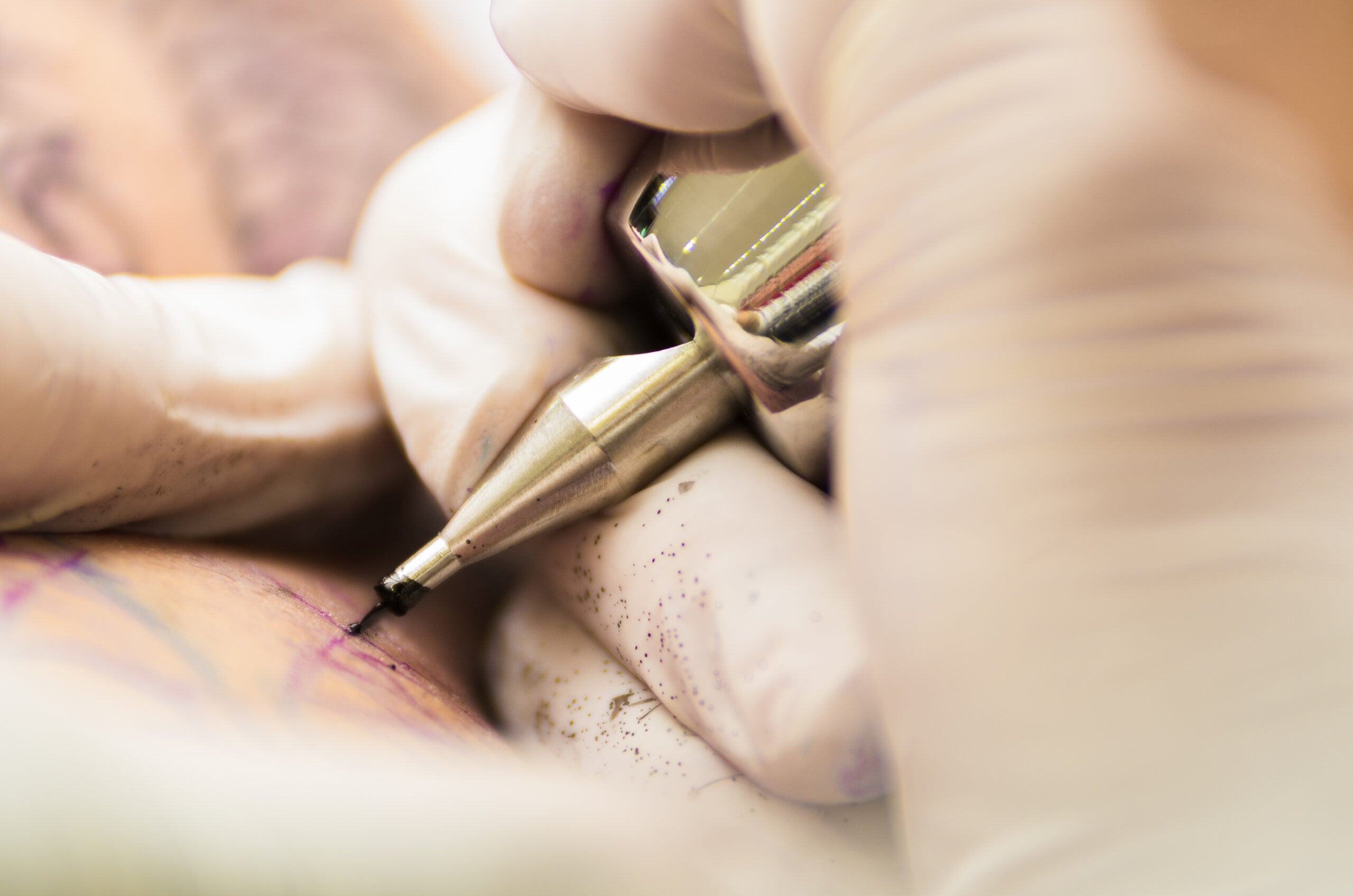
Tattoos are permanent, but the science behind them just shifted

How Do Tattoos Work? Quick Guide to the Science of Tattoos

This Is How Tattoo Machines Work In Slow Motion Cyprus International
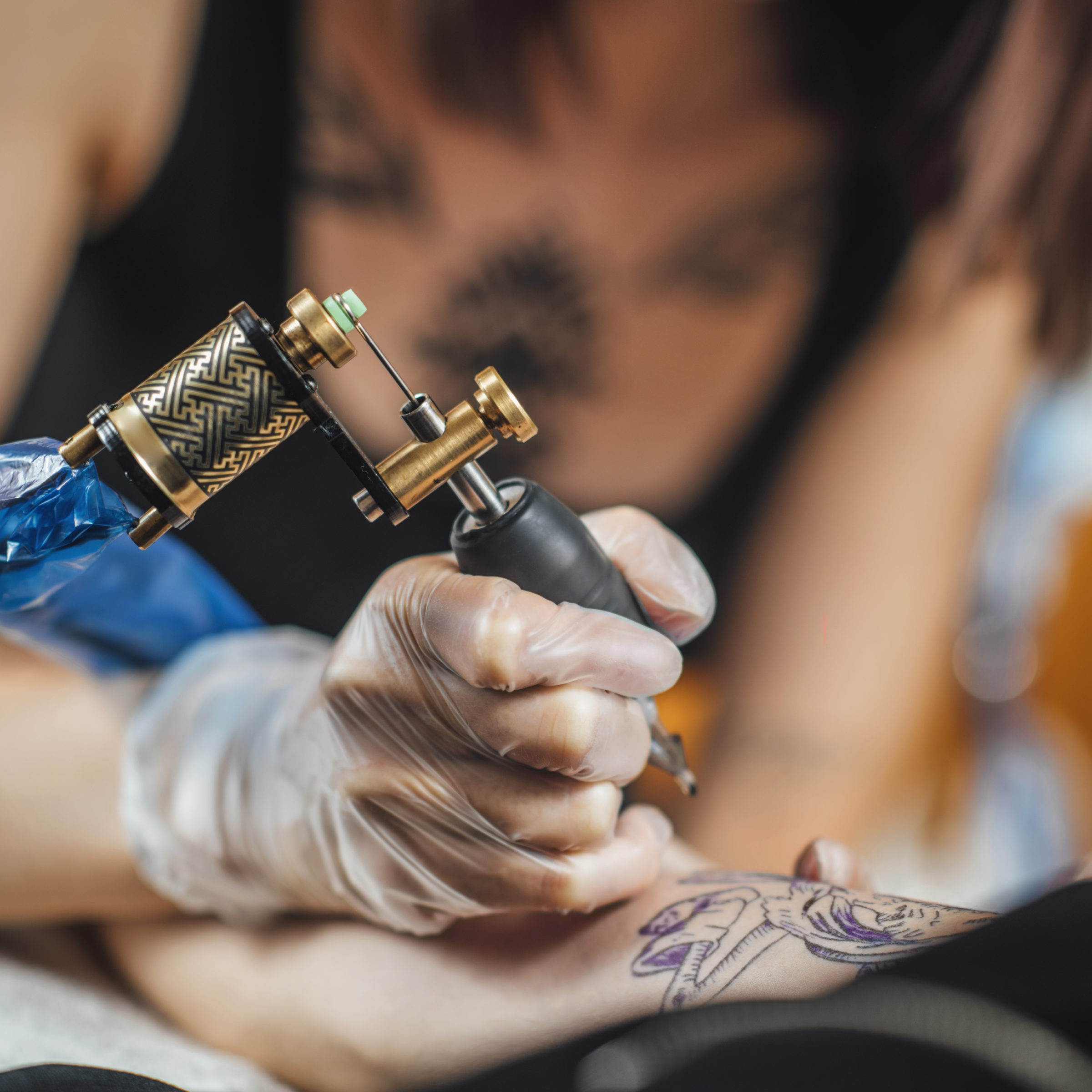
How Do Tattoo Machines Work? FREEYORK
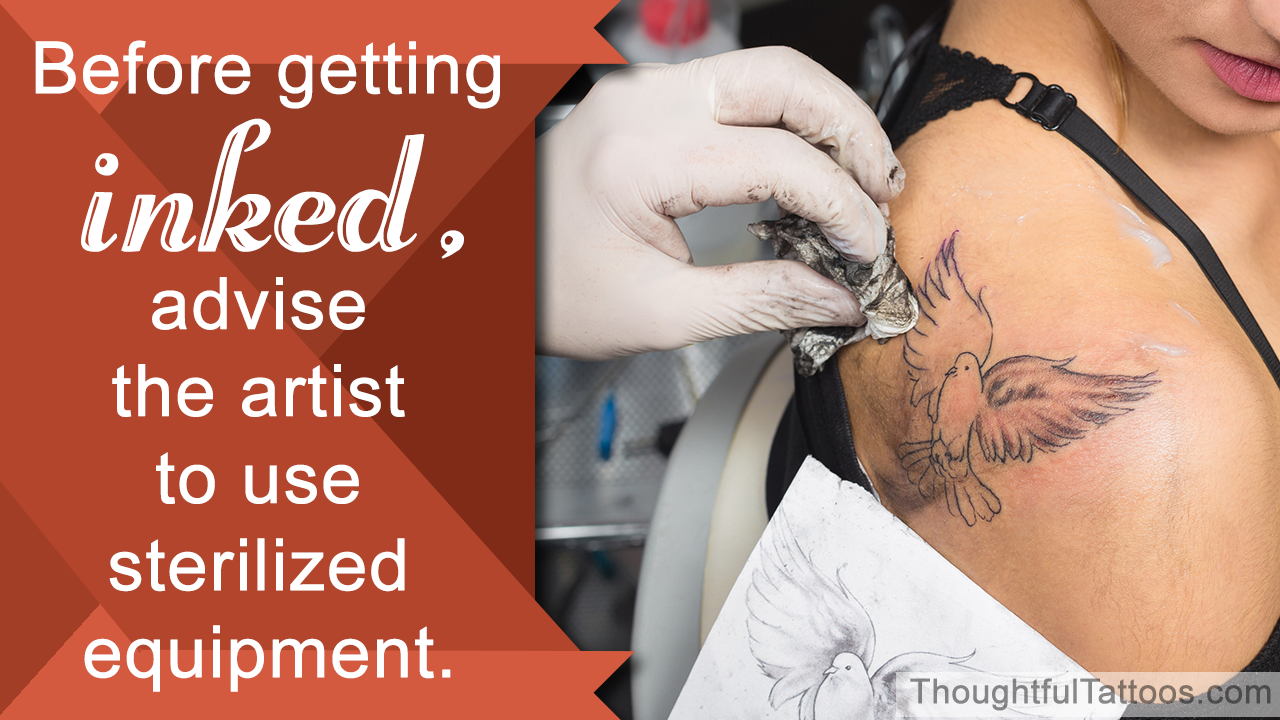
Tattoo Process Explained Step By Step Thoughtful Tattoos
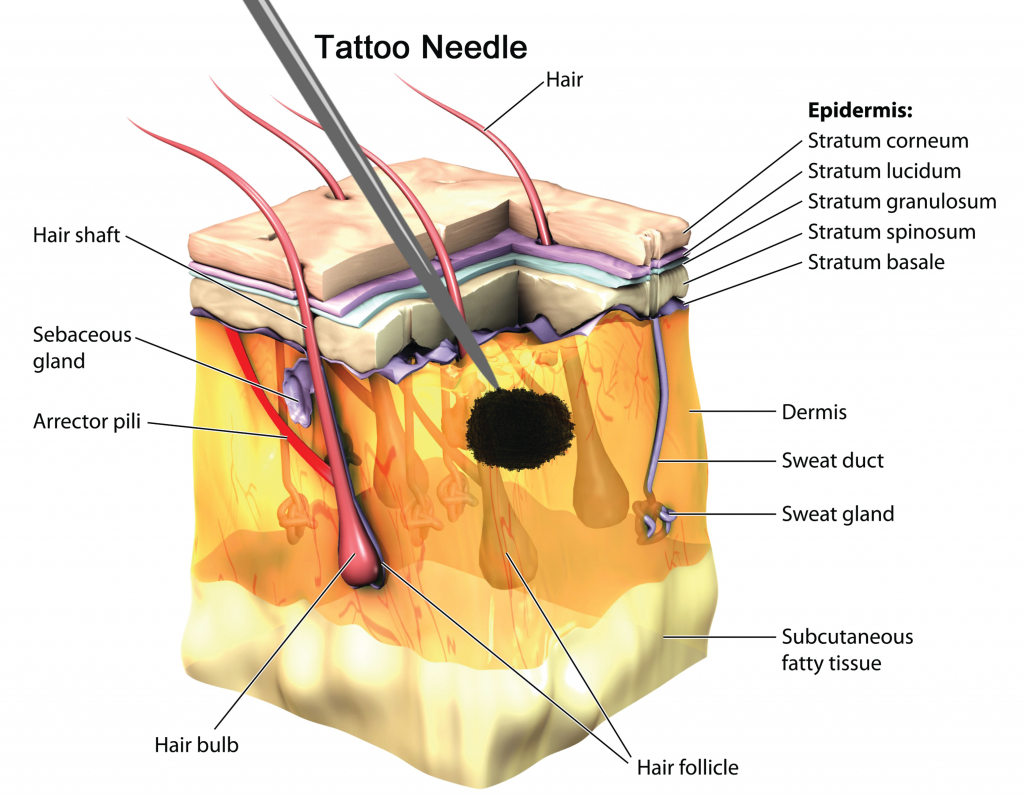
Before You Get a Tattoo, Know About Its Ink Ingredients! Procaffenation

How Do Tattoos Work? Your Ultimate Guide to the Tattoo Process

How Tattoos Work THE WORLD FAMOUS
Traditionally, Tattooing Often Involved Rubbing Pigment Into Cuts.
As You Already Know, Sun Exposure Can Cause Tattoos To Fade, So Any Area Regularly Hit With Uv Rays—Like The Hands, Forearms, Shoulders, Neck, And Face—May Fade Faster.
The Ink Is Injected Into The Dermis By A Machine That Delivers Thousands Of Tiny Pricks Per Minute Via Needle.
Tama Tonga’s Tattoo Seems To Be Comprised Of A Combination Of Techniques Used In Polynesian Tattoo Making.
Related Post: